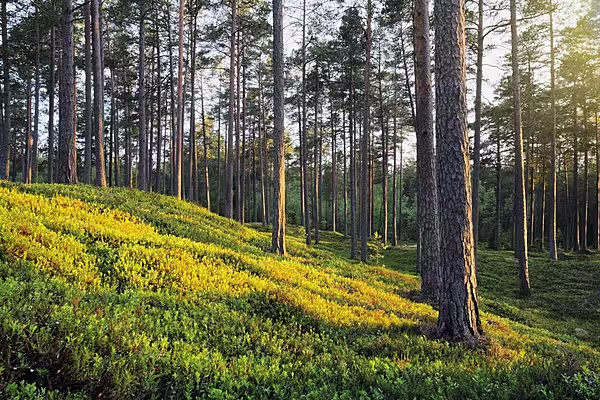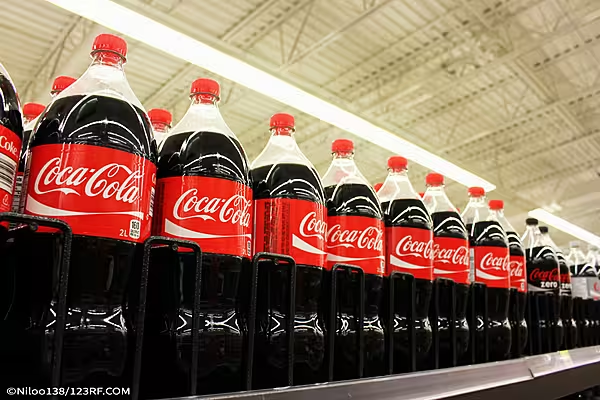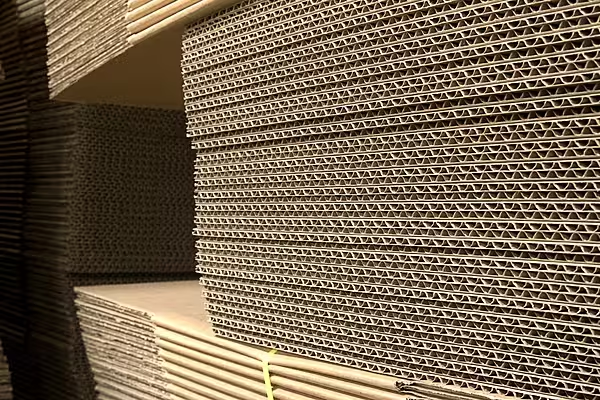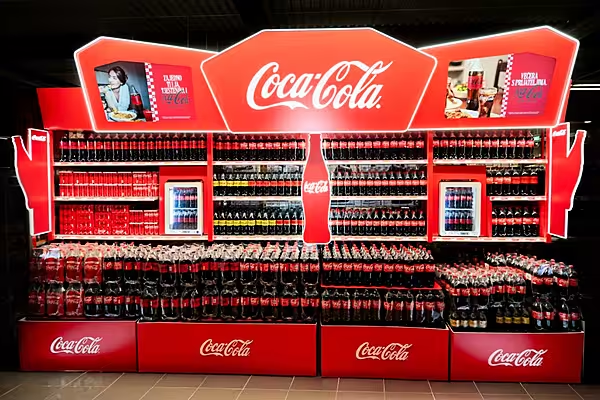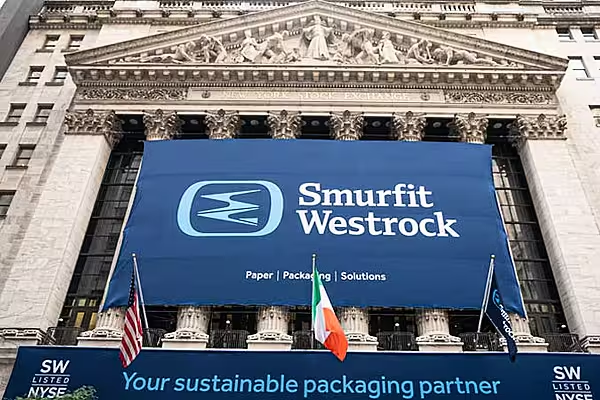FEVE, the European Container Glass Federation, celebrates its 40th anniversary this year. ESM examines why this time-honoured format continues to retain its allure.
The world has changed a lot in the past four decades – who knows what the punk rockers of the late seventies would have made of Instagram and Snapchat? – but one thing has remained consistent over that time, and, indeed, for several generations: the use of glass as a packaging format of choice.
FEVE, the European Container Glass Federation, marks its 40th anniversary this year, and while trends have come and gone since the group’s inception, glass continues to be a go-to resource for those operating in the consumer-goods industry.
More recently, the debate over sustainability, recycling and reusability has put the spotlight on the glass industry, given its status as an authentic circular-economy material that is ‘infinitely recyclable’, while consumers value the aesthetic appeal and sturdiness of glass over other packaging forms.
Purchasing Decisions
“Consumers are more and more conscious of their purchasing decisions, but they are faced with increasingly complex product and packaging-material interactions,” says Michael Delle Selve, Senior Communications Manager, FEVE. “In this context, glass remains the stable material of choice. Consumers have continued to show unequivocal commitment to glass, which remains their most trusted, recyclable and healthiest packaging material.
“From our extensive consumer research, 85% of European consumers love glass simply because they trust it. When they buy glass, they are sure it best protects the quality and taste of their preferred products, and it is good for the environment,” says Delle Selve.
Market Benefits
In a retail context, the benefits of glass are sometimes taken for granted, however, as a packaging format, consumers understand that glass adds value and provides a secure means to store food or beverages.
On a practical level, glass is the only food-and-drink packaging material that does not require additional layers between itself and the food/drink, and it is also the most inert and robust barrier to external agents, such as temperature, oxygen and light (particularly in the case of green or brown glass). It is also convenient to store food without refrigeration, to microwave, to reseal half-used goods safely, and to prevent food waste.
As a packaging material that can also be used for refill, glass plays an important role in accompanying some other changes in lifestyle, consumer behaviour and retailer practices, but the appeal of glass extends beyond these factors. Three out of four consumers are aware that glass is effectively recycled and, therefore, view it as the best choice for the environment. In addition, half of European consumers say that they are buying more products in glass packaging than they did three years ago.
Glass is also being used more effectively to communicate a message of quality and premiumisation at a very competitive cost, with both innovative and trendy solutions, the Heineken Ignite interactive beer bottle and Absolut Colours packaging being two notable recent examples.
“Glass containers are used more than ever by customers to give a unique and authentic identity to their products, to tell their brand story to consumers” says Delle Selve. “It definitely makes products stand out on the shelves and has a unique impact on the purchasing behaviour of consumers, who associate glass with authenticity, quality, premium.”
Communication
The arrival of new packaging formats to the market has encouraged the glass industry to increase its level of engagement with consumers, helping them to understand the value of recyclable content and identify materials that are recyclable.
The Friends of Glass communication platform, established in 2009 by FEVE, has, to date, reached more than 90 million consumers, with more than 210,000 signing up to become members.
Endless Lives Of Glass
Building on this, FEVE recently launched its newest iteration of the campaign, the ‘Endless Lives of Glass’, positioning glass as the most positive packaging material for the environment, since it is infinitely recyclable. The highlight of this has been the ‘Talking Bottles’ campaign, which hired celebrities to add their voice to a talking glass bottle that could interact in real time with consumers in the store. Among those to lend their voices to the campaign were Sally Phillips (UK), Christophe Beaugrand (France), Diego Abatantuono (Italy), Kaya Yanar (Germany), Ramón Langa (Spain) and Bartek Jędrzejak (Poland). Check out tinyurl.com/talkingbottle to view a selection of videos from the campaign.
“For the first time, we gave glass a voice,” says Delle Selve. “To date, some 25 million people have viewed our video content, and the campaign has generated 45 million social-media engagements with European consumers.”
The Right Choice
The container-glass industry has also been active in addressing questions about the efficiency of glass as an alternative to more lightweight packaging formats, particularly at a time when suppliers are seeking to reduce costs along the supply chain. The industry has made great strides in lightweighting glass bottles – the average weight has been reduced by 30% over the past twenty years, and 75cl wine bottles now weigh just 300 grams, compared to 450 grams in the past.
Similarly, progress has been made in terms of production efficiency, with batch preheating helping to reduce energy costs in the production of glass, as well as increased cullet (recycled glass) usage, the use of Rankine cycles and combined heat and power, optimised burners and flue-gas recirculation, among other methods employed to streamline production. Glass, too, is very much a local industry, with more than 160 production facilities throughout Europe dramatically reducing transport costs to suppliers.
Of course, the main advantage of glass is in its recyclability. A typical glass container can be recycled an infinite number of times, meaning that once glass is produced, it becomes a permanent resource for new production, very much in keeping with the circular-economy mindset so prevalent at the moment: waste is reduced, and raw-material costs are slashed. Therefore, producing glass is good for the environment and good for people, and it also makes sense from an economic point of view.
“Today, 74% of glass bottles put on the market in Europe are recycled – 139% more than 15 years ago,” says Delle Selve. “Glass bottles can be produced with up to 100% recycled content, while energy consumption has been reduced by 80% and CO2 emissions by 70% in the last 40 years. These are facts, not mere advertising slogans. Glass packaging is amongst the most resource-efficient industries in Europe, as you can endlessly recycle the same glass in a closed loop, with thanks, also, to the commitment of the end consumers.
“We strongly believe glass will continue to be a key asset for brands in a future society, where people are increasingly engaged to adopt a sustainable and healthier lifestyle and want to buy products that match with this lifestyle.”
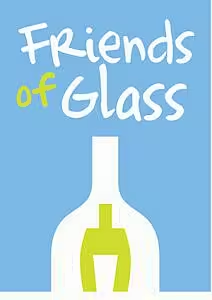
For further information about FEVE, the European Container Glass Federation, visit www.feve.org. For information on the Friends of Glass and the ‘Endless Lives of Glass’ campaign, visit www.friendsofglass.com.
© 2017 European Supermarket Magazine – your source for the latest retail news. Sponsored Post. Click subscribe to sign up to ESM: The European Supermarket Magazine.





